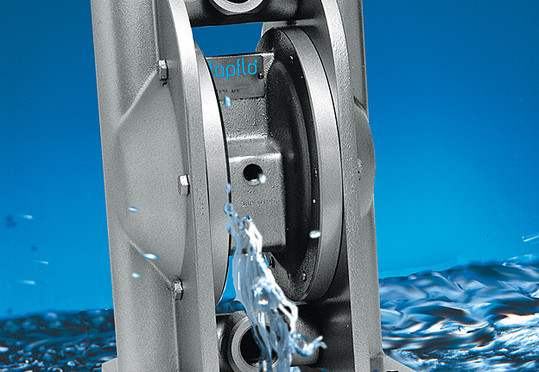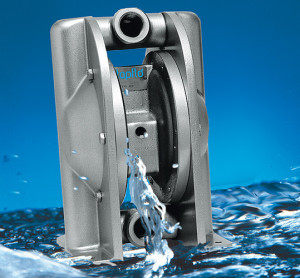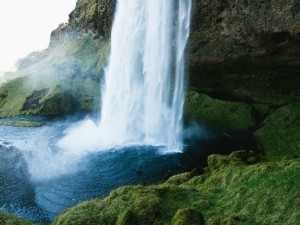 Collecting the rain makes better sense than complaining about it. Whether you collect it in rain barrels or your storage needs require larger cisterns, rainwater collection and use has a host of benefits. Here is why you should change your way of thinking about rainwater collection:
Collecting the rain makes better sense than complaining about it. Whether you collect it in rain barrels or your storage needs require larger cisterns, rainwater collection and use has a host of benefits. Here is why you should change your way of thinking about rainwater collection:
Rainwater can be a clean, safe, reliable source of potable and non potable water. Rainwater is relatively clean to begin with and if collected, conveyed, stored, filtered and disinfected properly, it can meet the needs of small scale watering to whole house potable use.
Rain barrels can collect water inexpensively for small watering needs, with down spouts being diverted to a rain garden when full, as well as during the rainy season.
Larger cisterns can collect water all winter long to have a large volume for irrigation needs during the summer months. If collected water is pressurized and filtered, it can be plumbed into toilet facilities and laundry to supplement city water usage. If filtered and disinfected, whole house potable usage can be achieved whether large cisterns are used for year-round use or as small storage as a supplement to city water.
So, instead of saying “DARN RAIN!!!!”, consider changing your way of thinking about rainwater collection.



 Although centrifugal pumps are the most common type of pump used in rainwater collection systems for both sump pumps and pressure pumps, diaphragm pumps could be used in some applications.
Although centrifugal pumps are the most common type of pump used in rainwater collection systems for both sump pumps and pressure pumps, diaphragm pumps could be used in some applications.
 The nonprofit rainwater harvesting industry association,
The nonprofit rainwater harvesting industry association,